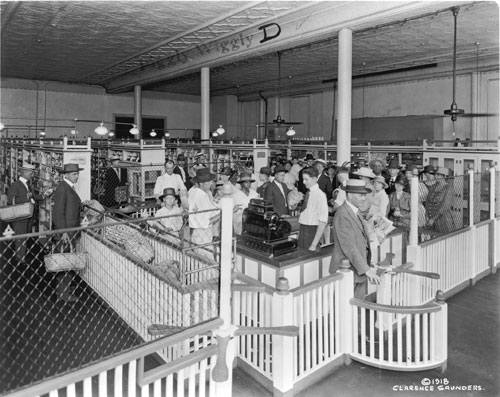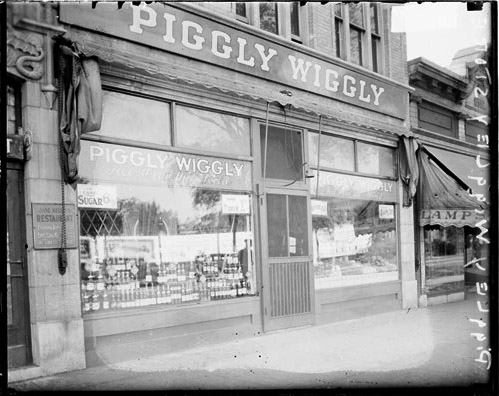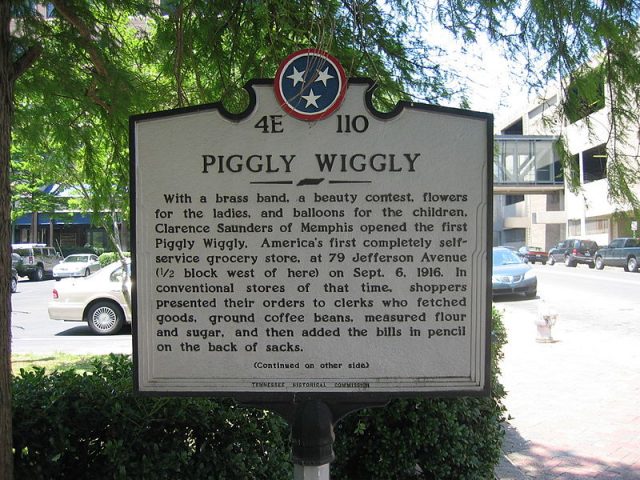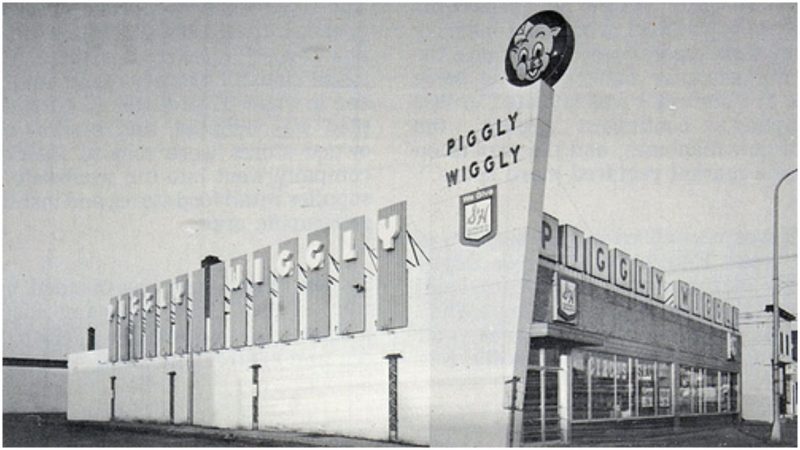Apart from selling food products, many modern grocery stores try to turn shopping into an experience. It appears that low prices and high quality are simply not enough to satisfy the needs of the 21st-century customer; every grocer needs to take it up a notch to encourage customers to return and spend some more money.
The technological advancements of the past several decades have transformed almost everything in our surroundings, and grocery stores are no exception. Talking about the newest trends, the recent opening of Amazon’s checkout-free grocery store in Seattle provides a clear view into a future of grocery shopping where no cashiers or cash registers are needed to do your shopping–all you need is a smartphone and an Amazon Go smartphone app.
Grocery stores have apparently come a long way since Clarence Saunders, the founder of Piggly Wiggly grocery stores, opened his first innovative store in Memphis, Tennessee, in 1916. This groundbreaking enterprise changed the face of grocery shopping in a way similar to what Amazon Go is trying to do with the introduction of the first fully automated grocery store.

In grocery stores of that era, customers were not allowed to select the products by themselves. Instead, they had to present their orders to a clerk whose job was to gather the products from the shelves and give them to waiting shoppers.
However, everything changed when Clarence Saunders came up with a rather revolutionary idea to provide a new shopping experience by letting the shoppers serve themselves inside his store. It was the invention of the first self-service grocery store, and everyone loved it! Saunders practically invented the concept of the modern grocery store, and although it’s been over 100 years since the first Piggly Wiggly opened, we still feel Saunders’ mark whenever we go shopping.
Mike Freeman, a Memphis-based historian and author of Clarence Saunders the Founding of Piggly Wiggly: The Rise Fall of a Memphis Maverick, writes that Saunders had a grand opening for his revolutionary store which included a jazz band on top of one of the refrigerator units, a beauty contest, flowers for the ladies, and balloons for children. History was made, and reportedly several thousand people showed up that day to witness the introduction of self-service grocery shopping.
Inside the store, customers were free to walk through the aisles, check out the merchandise, and select the products by themselves. Instead of ordering sugar or flour by weight, to be measured by the clerk, they found pre-bagged sugar and flour in neat stacks. Refrigerator cases were used in order to keep products like milk and butter fresh. Tags were hung above every product showing the prices clearly, and the customers were now able to compare the prices of different brands.

This retail visionary was also the first to introduce uniformed employees, shopping baskets, turnstiles, and printed receipts. After selecting their goods, shoppers would go to the counter where they would receive a printed receipt, which was also a novelty at the time.
“One day Memphis shall be proud of Piggly Wiggly… And it shall be said by all men… That the Piggly Wigglies shall multiply and replenish the earth with more and cleaner things to eat,” Saunders was quoted as saying few months after the grand opening.

He didn’t stop there and started expanding his business. Saunders had opened nine more self-service grocery stores in Memphis by the end of 1916, and by 1932 there were more than 1,200 Piggly Wiggly stores across America. Sadly, during the Great Depression, he was forced to sell the company after a long financial battle with Wall Street investors.
Related story from us: Take-out restaurants existed in ancient Rome and were called “thermopolia”
What matters, however, is that Saunders’ Piggly Wiggly will be remembered as the self-service grocery store that changed the shopping experience forever and paved the way not just for the modern supermarket but also for the future with fully automated markets.
